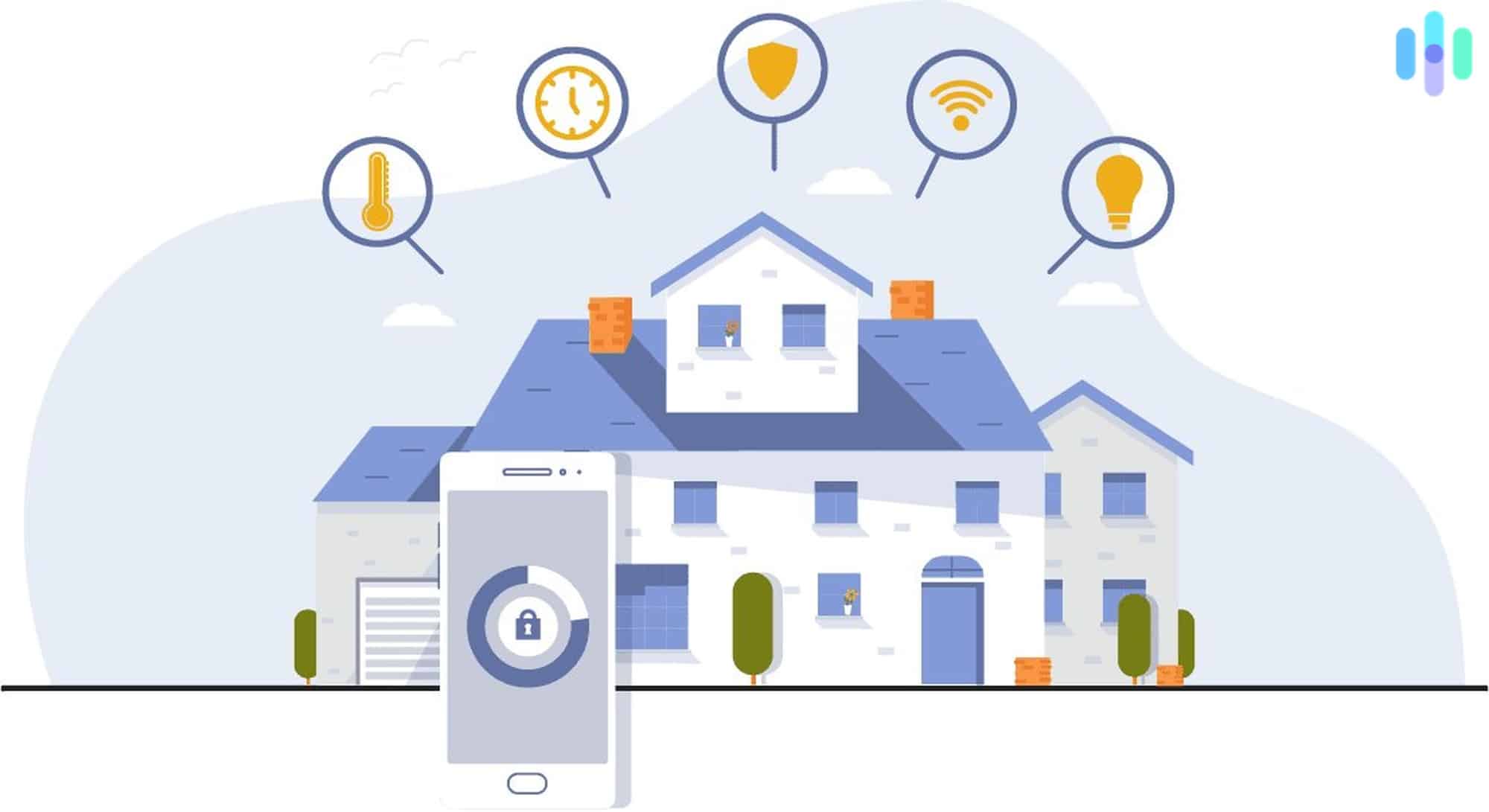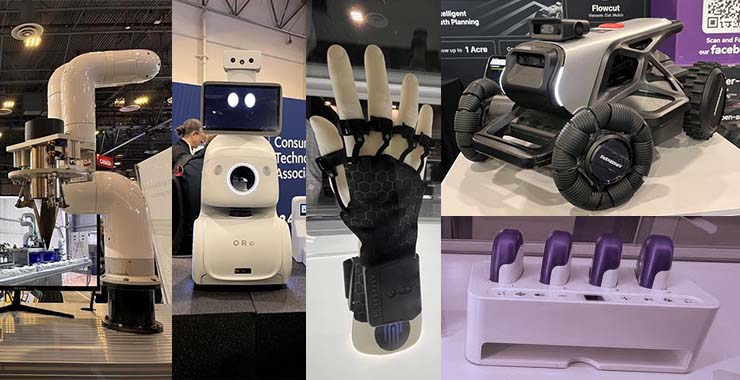
Understanding Data Analysis in Smart Homes
Smart homes are becoming increasingly popular due to their ability to make our lives easier and more convenient. One of the key components of a smart home is data analysis. By collecting and analyzing data from various devices and sensors, smart homes can learn our behavior patterns and make adjustments accordingly. This data can also be used to improve energy efficiency, security, and overall comfort in the home.
The Role of Automation and Robotics
Automation and robotics play a crucial role in transforming homes into smart homes. Automated systems can control lighting, temperature, and even appliances, making our lives more comfortable and convenient. Robotics, on the other hand, can take on tasks that humans find tedious or challenging, such as vacuuming or lawn mowing. By incorporating automation and robotics into our homes, we can save time and effort, making our lives more enjoyable.
Predicting User Behavior in Smart Homes
Smart homes have the ability to predict our behavior based on data analysis. For example, a smart thermostat can learn our temperature preferences and adjust accordingly, ensuring that our home is always at our desired temperature when we arrive. By predicting our behavior, smart homes can anticipate our needs and provide a more personalized experience.
Image Recognition Applications in Smart Homes
Image recognition technology can be used in smart homes for various applications, such as security and convenience. For instance, smart cameras can recognize familiar faces and allow access to authorized individuals, while alerting homeowners of any unfamiliar faces. Image recognition can also be used to identify objects, enabling smart appliances to adjust settings based on the items being used.
Virtual Assistants for Home Management
Virtual assistants, such as Amazon's Alexa or Google Assistant, have become popular tools for managing our homes. These virtual assistants can control various smart devices, answer questions, and provide information and entertainment. By simply using voice commands, we can control our smart homes efficiently and effortlessly.
Pattern Recognition for Smart Security
Pattern recognition technology is employed in smart security systems to identify abnormal activities and potential threats. For example, if a smart security system detects motion patterns that deviate from the norm, it can alert homeowners of a possible intruder. Pattern recognition helps enhance the security of our homes and provides peace of mind.
Advantages of Smart Home Automation
Smart home automation offers numerous advantages. It increases energy efficiency by optimizing heating, cooling, and lighting systems. It enhances convenience and comfort by automating repetitive tasks. It improves security by providing real-time monitoring and remote access. It enables cost savings by reducing energy consumption. Overall, smart home automation makes our lives easier, more efficient, and more enjoyable.
Overcoming Challenges in Smart Homes
While there are numerous benefits to smart home automation, there are also challenges to overcome. These include privacy concerns, compatibility issues between different smart devices, and the risk of cyberattacks. However, as technology advances and security standards improve, these challenges can be addressed and resolved.
Final Thoughts on Smart Home Innovation
Smart home innovation has transformed the way we live, making our homes more intelligent and efficient. With the continuous advancements in automation, robotics, and data analysis, we can expect smart homes to become even more integrated into our daily lives in the future, offering us unparalleled convenience, security, and comfort.

